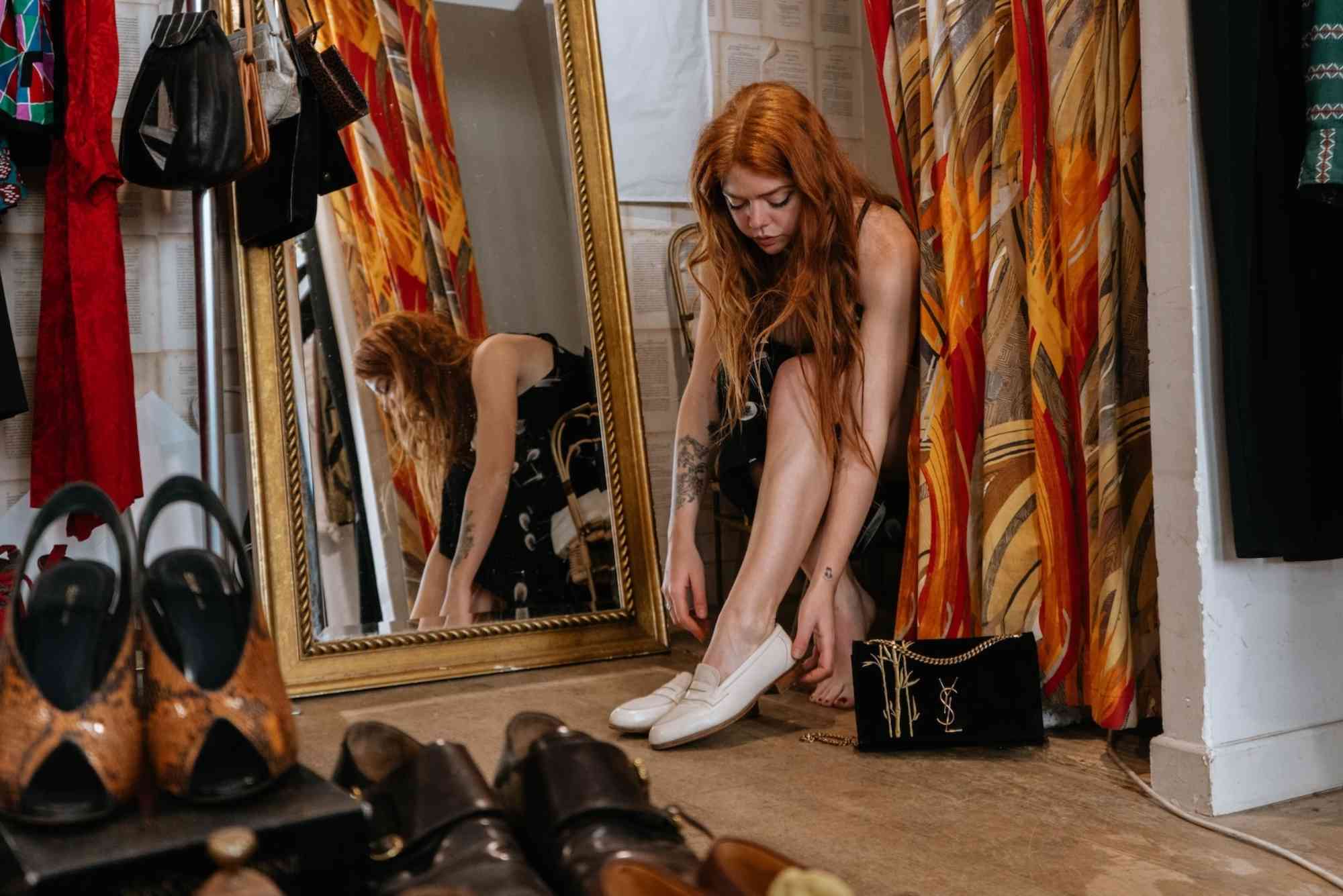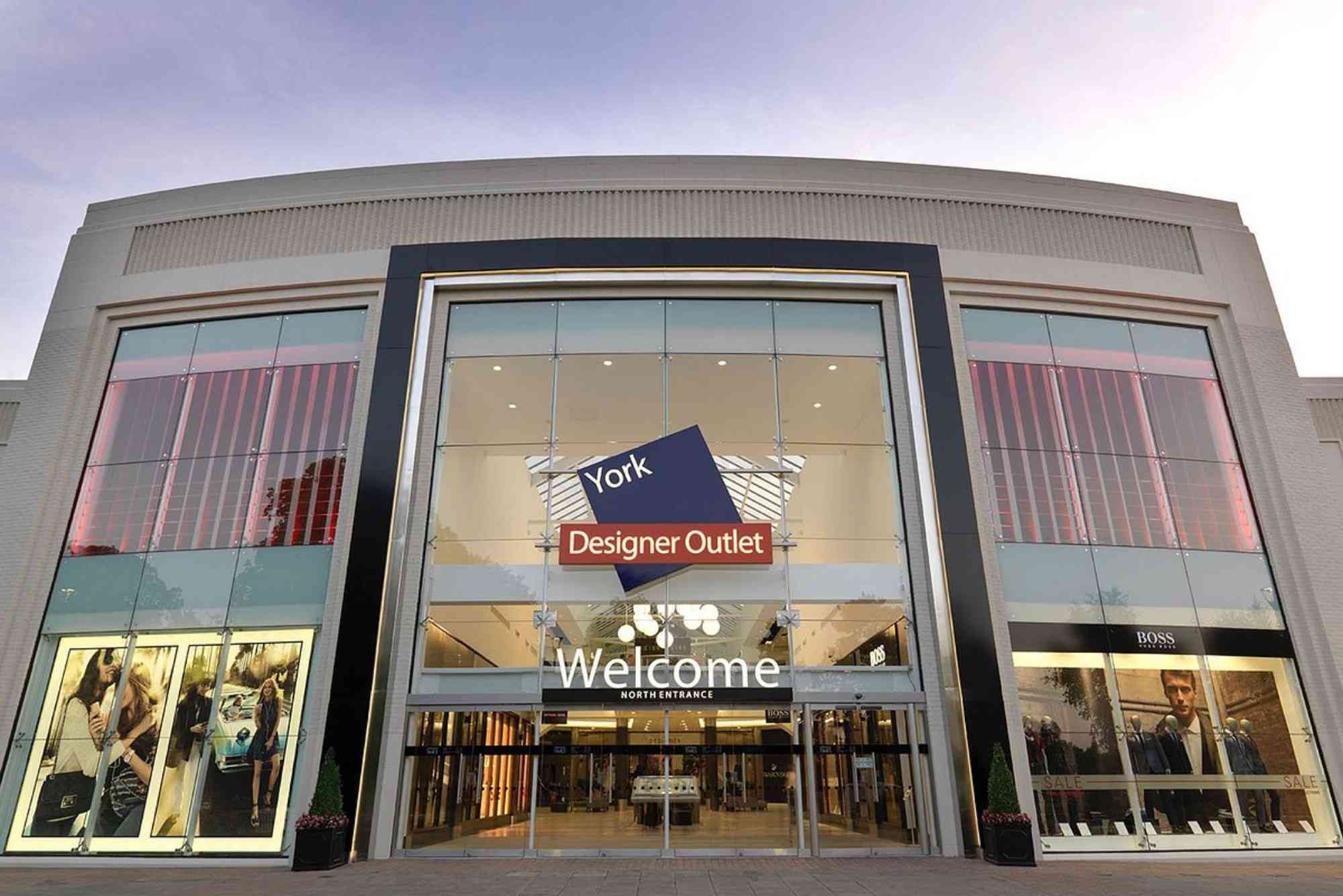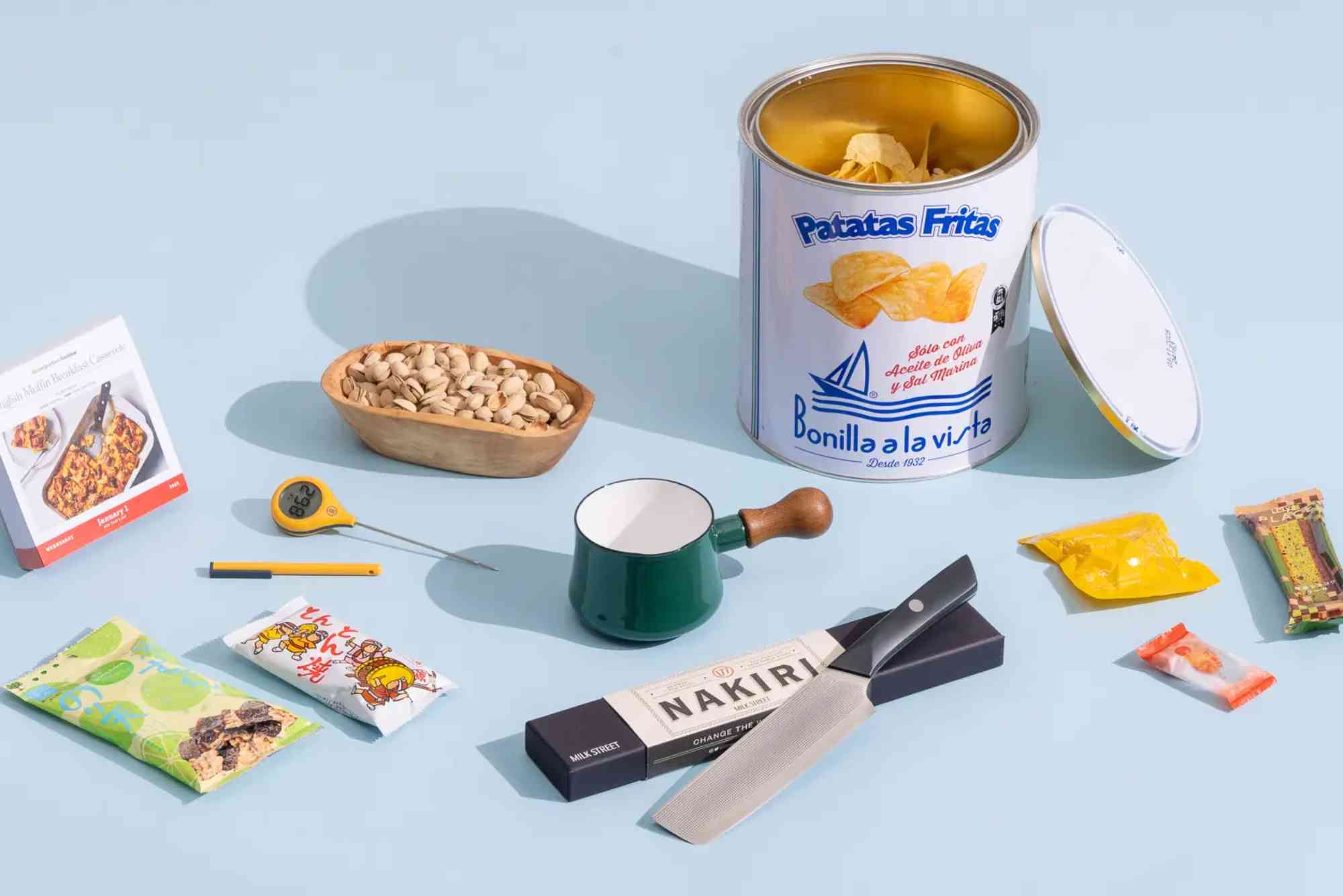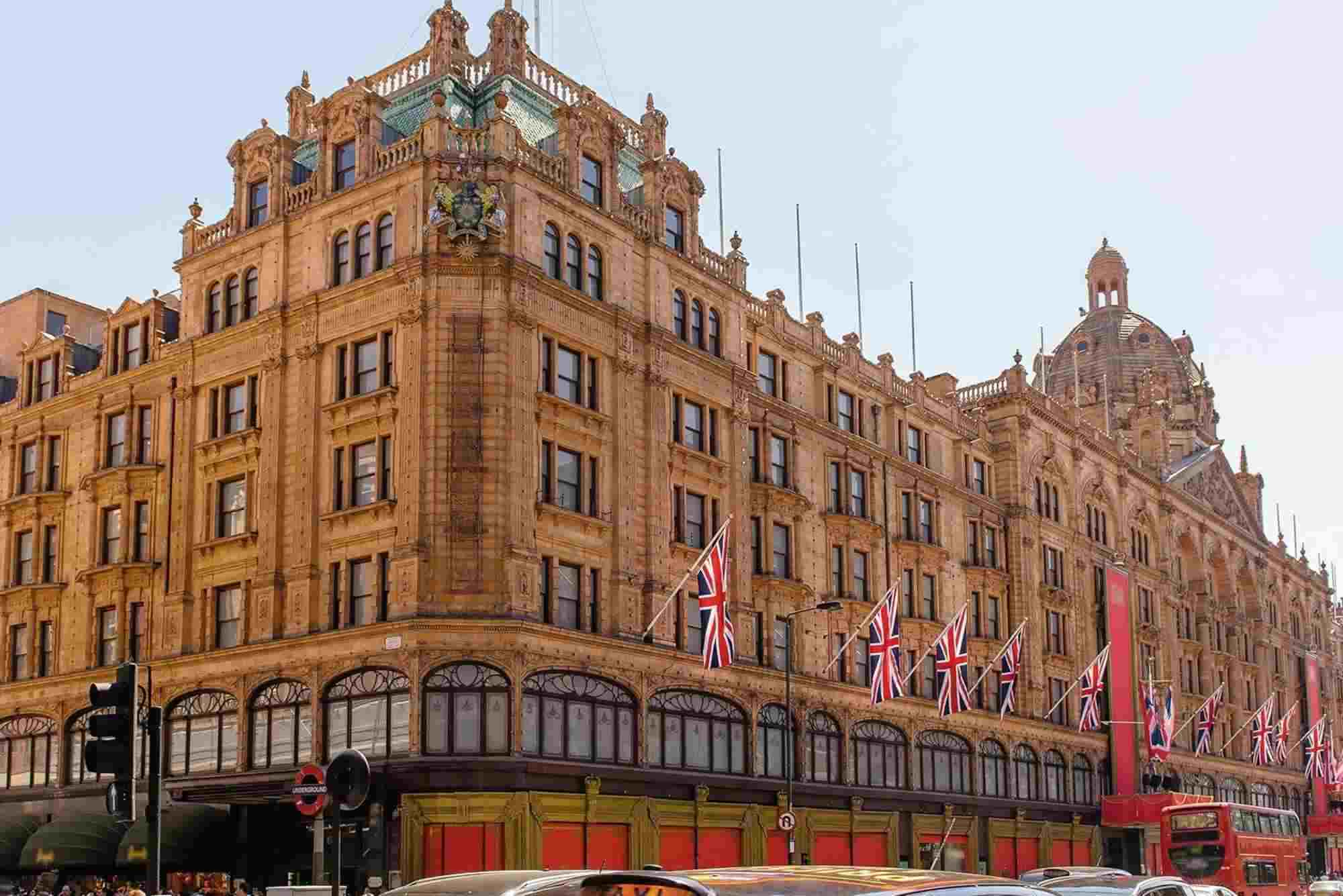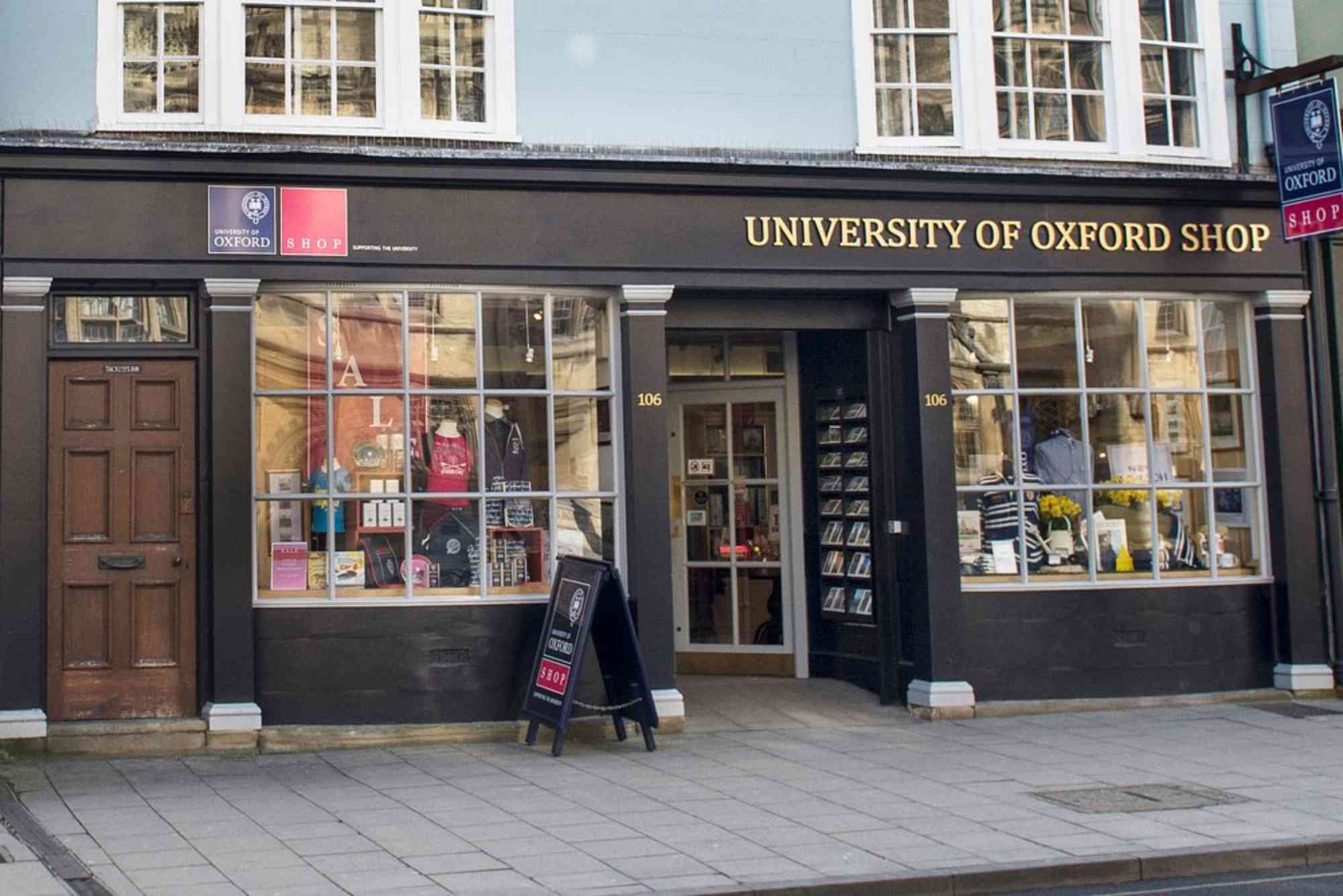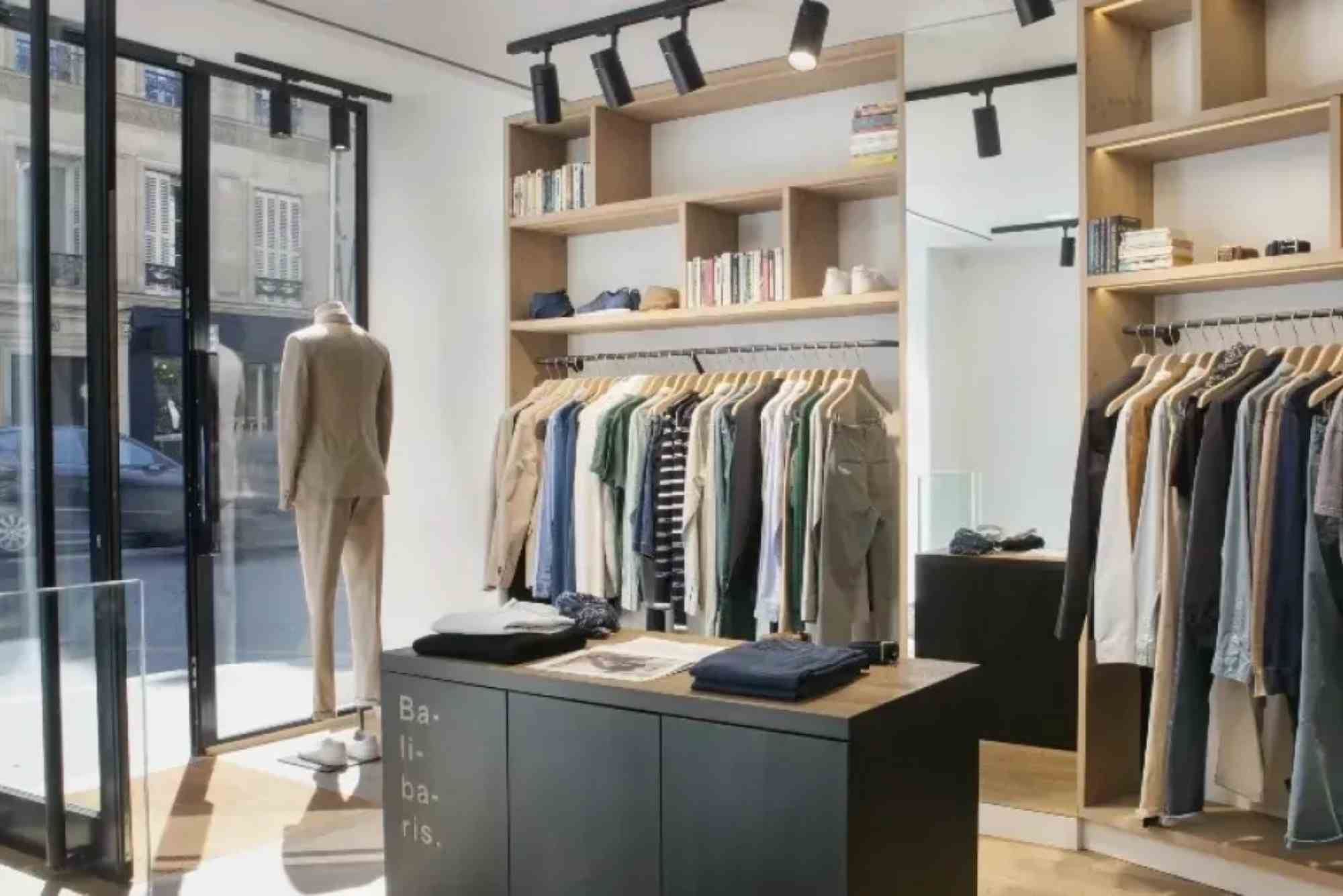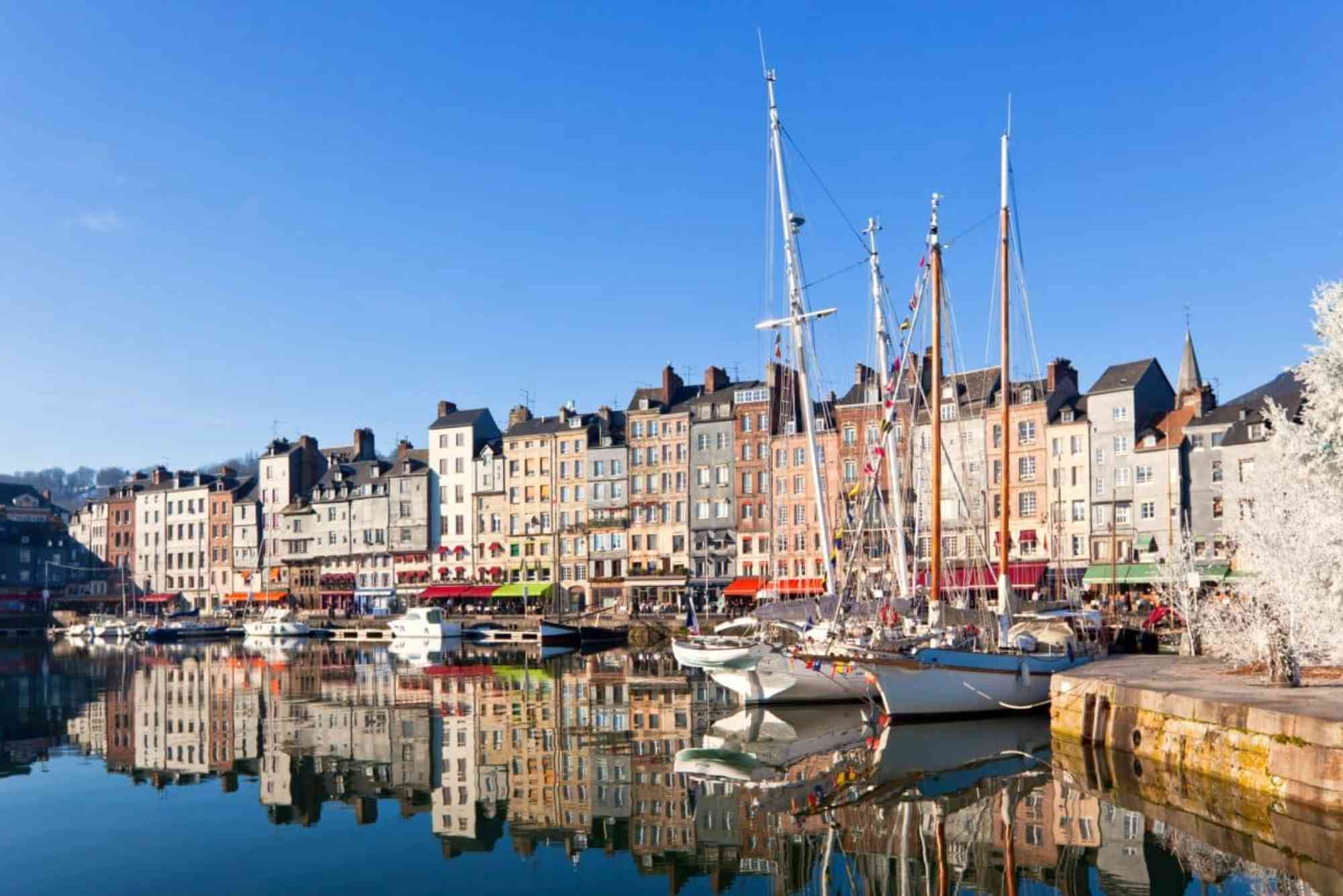Introduction
Italy has long been synonymous with fashion, and its footwear is no exception. Across the country, cobblers still preserve centuries-old traditions, creating shoes that define elegance, durability, and artistry. From Milan’s luxury districts to Florence’s artisan workshops and Naples’ bustling cobbler alleys, each region tells a story through its leather, craftsmanship, and style. This guide explores Italy’s footwear streets and cobblers by area — revealing where passion for shoes meets timeless skill.
The Soul of Italian Shoemaking
Italian shoemaking is an art form that dates back to the Renaissance. Cobblers were once among the most respected craftsmen in society, tailoring shoes to fit both foot and lifestyle. Today, that same dedication remains evident in Italy’s small workshops and family-run boutiques. Whether you stroll through Florence’s cobbled lanes or Rome’s historic quarters, the scent of leather and the sound of hammering soles evoke a sense of enduring tradition.
Northern Italy: The Heart of Modern Luxury
Milan – The Fashion Capital of Footwear
Milan stands at the center of Italy’s global reputation for fashion and design. While known for haute couture, the city also hosts some of the finest footwear artisans in Europe. In the Brera district, small ateliers craft bespoke leather shoes where every stitch is placed by hand. Around Via Montenapoleone, you’ll find luxury boutiques showcasing Italian brands that have become international icons. Each pair reflects precision and minimalism — the hallmarks of Milanese style.
Vigevano – The Birthplace of Italian Shoe Industry
A short journey from Milan leads to Vigevano, a town often called the “shoe capital” of Italy. During the 20th century, Vigevano’s factories supplied footwear to the world. Today, though industrial production has waned, the town’s Shoe Museum preserves this legacy. Local artisans continue to produce high-end shoes using both traditional and innovative techniques. For anyone passionate about the history of footwear, Vigevano is a quiet but essential stop.
Central Italy: Where Heritage Meets Handcraft
Florence – The Artisan Soul of Leatherwork
No discussion of Italy’s footwear streets would be complete without Florence. The city’s cobblers are heirs to centuries of leather mastery, rooted in the medieval guilds that once controlled artisan trades. In neighborhoods near the Arno River, you can still find workshops where each shoe is made entirely by hand — from cutting the hide to polishing the final product.
The Santa Croce area, famous for its leather schools, is filled with the smell of tanned hides. Here, cobblers craft custom shoes designed to last decades. Florence’s emphasis on artisanal detail attracts travelers from around the world who seek footwear that combines elegance with authenticity.
Siena and Arezzo – Quiet Masters of Craft
While Florence gets most of the attention, the nearby towns of Siena and Arezzo harbor smaller workshops where time seems to stand still. Local cobblers work in family-owned studios, often using techniques passed down through generations. Their shoes reflect the quiet refinement of Tuscany itself — understated yet full of character.
Southern Italy: The Warm Spirit of Craftsmanship
Naples – Tradition and Passion in Every Stitch
Naples embodies the heart of southern Italian craftsmanship. In its narrow streets, shoemakers are not merely artisans but artists. Their passion is visible in the care they give each piece of leather, shaping it to match the wearer’s personality.
Neapolitan cobblers are known for creating shoes that combine comfort with flair. Soft leathers, light soles, and subtle detailing define their work. Around Via Toledo and Quartieri Spagnoli, workshops still echo with the rhythm of hammer and nail. Here, cobblers welcome visitors to watch as shoes are crafted in real time — a rare glimpse into Italy’s living traditions.
Salerno and Matera – Hidden Footwear Gems
Further south, smaller towns like Salerno and Matera maintain lesser-known but equally remarkable shoemaking traditions. These regions focus on bespoke craftsmanship rather than volume, emphasizing handmade techniques that value patience over speed. Every shoe carries the soul of its maker — a reminder that true Italian footwear is born from dedication, not mass production.
Islands of Style: Sicily and Sardinia
Sicily’s cobblers reflect the island’s unique blend of cultures. Influenced by Arab, Spanish, and Norman traditions, Sicilian shoes often feature bold designs and vibrant colors. Palermo’s artisan quarter, with its tiny workshops, remains a hidden treasure for footwear lovers seeking one-of-a-kind creations.
In Sardinia, cobblers focus on simplicity and practicality. Using local materials like rawhide and woven fibers, they produce footwear adapted to island life — comfortable, Italy Footwear Streets and Cobblers by Area resilient, and deeply tied to their heritage.
The Timeless Role of the Italian Cobbler
Italian cobblers do more than repair shoes; they preserve history. Every pair they craft reflects centuries of accumulated wisdom. While modern brands often rely on machines, traditional cobblers depend on intuition, touch, and skill. Visiting these workshops isn’t just shopping — it’s witnessing art in motion.
In cities like Rome and Venice, cobblers continue to thrive by merging tradition with innovation. Some now offer sustainable options, using eco-friendly leather and recyclable soles. Others design shoes that fuse classic styles with modern comfort. The result is footwear that not only looks beautiful but tells a story of evolution without compromise.
Why Italian Footwear Streets Remain Unmatched
What makes Italy’s footwear streets so special is their authenticity. Every region offers something unique — Milan’s sleek design, Florence’s artisanal perfection, Naples’ expressive flair, and Sicily’s creative boldness. Together, they form a map of Italy’s cultural identity.
When you walk these streets, you don’t just see shops; you experience living museums of craftsmanship. The connection between cobbler and customer is personal, built on trust and mutual respect. It’s not uncommon for a pair of shoes to be adjusted multiple times until the fit is perfect. In an era of fast fashion, this attention to detail feels revolutionary.
Modern Revival of Italy’s Cobbler Culture
In recent years, younger generations have rediscovered the beauty of handmade footwear. Many Italian cobblers now embrace digital tools to reach global audiences while preserving traditional techniques. This balance of innovation and authenticity has led to a revival of interest in Italy’s footwear heritage.
Visitors can now book workshops or custom fittings online, making it easier than ever to experience the craftsmanship firsthand. Whether you’re exploring Florence’s artisan lanes or Milan’s sleek fashion districts, the cobbler’s spirit remains unchanged — dedicated, meticulous, and proudly Italian.
Walk Through Italy’s Craftsmanship Legacy
Italy’s footwear streets and cobblers by area reveal more than a fashion story — they tell the tale of devotion, skill, and cultural pride. Each cobbler’s bench is a bridge between past and present, linking generations through the language of leather and design.
If you ever find yourself wandering Italy’s charming alleys, pause to visit a local cobbler. Watch their hands at work, feel the texture of the leather, and step into a piece of history. Handmade Italian shoes aren’t just accessories — they’re experiences crafted for those who value authenticity over trend.
FAQs About Italian Footwear Streets and Cobblers
What makes Italian shoes so special?
Italian shoes stand out for their quality, craftsmanship, and comfort. Each pair is handmade using premium leather and centuries-old techniques.
Where can I find the best Italian cobblers?
You’ll find exceptional cobblers in cities like Florence, Milan, and Naples. Smaller towns such as Vigevano and Siena also have remarkable artisans.
Are Italian shoes handmade or machine-made?
Many Italian shoes are still handmade, especially those from traditional cobblers and artisanal brands focused on quality over quantity.
Can I visit cobbler workshops in Italy?
Yes, many cobblers welcome visitors. In Florence and Naples, you can even watch the shoemaking process in person.
How much do handmade Italian shoes cost?
Prices vary depending on materials and customization, but expect to pay more for handcrafted shoes that last decades.

